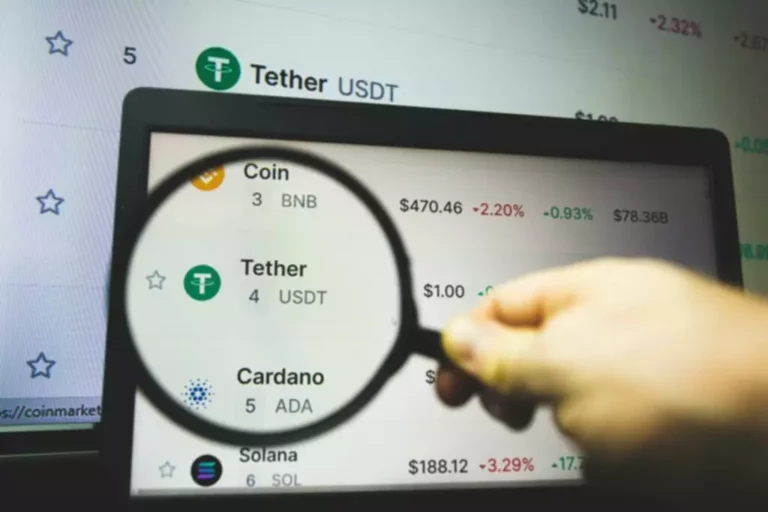Content
Again, I do not want to get too technical, but a small excursion is important to understand the approach of the Bollinger Bands® indicator and why it is so powerful. We do not want to get too technical in this article, but understanding the basic premise of the indicator will help us use the indicator more indicator tools for trading effectively. If you are not interested in the underlying principles of the Bollinger Bands® indicator, you can skip ahead to the next section where we cover some common use cases.
Dependence on Market Conditions

Notice that this M-top is more complex because there are lower reaction highs on either side of the peak (blue arrow). Upper resistance and lower support lines are first drawn and then extrapolated to form channels within which the Yield Farming trader expects prices to be contained. As long as prices do not move out of this channel, the trader can be reasonably confident that prices are moving as expected.

What is the interpretation of Bollinger Bands?
A move back below +100 signals a resumption of the downtrend (red arrows). Bollinger Bands are a type of price envelope developed https://www.xcritical.com/ by John Bollinger. (Price envelopes define upper and lower price range levels.) Bollinger Bands are envelopes plotted at a standard deviation level above and below a simple moving average of the price. Because the distance of the bands is based on standard deviation, they adjust to volatility swings in the underlying price. Various studies of the effectiveness of the Bollinger Band strategy have been performed with mixed results.
Want to use this script on a chart?
We want to clarify that IG International does not have an official Line account at this time. We have not established any official presence on Line messaging platform. Therefore, any accounts claiming to represent IG International on Line are unauthorized and should be considered as fake. 72% of retail client accounts lose money when trading CFDs, with this investment provider. Please ensure you understand how this product works and whether you can afford to take the high risk of losing money.
It’s been an up and down start to 2024 for US stocks thus far (the S&P 500 is flat more than halfway through January), as markets have struggled to maintain last year’s momentum. Mostly positive company results in the early goings of this earnings season have bumped up against overly aggressive expectations for rate cuts, stubborn prices for some goods, and global conflicts. Here lies the importance of paying close attention to the behaviour of the bands to understand if we’re dealing with a squeeze or with a breakout.
Bollinger Bands are a technical analysis tool, specifically a type of trading band or envelope. Over the years there have been many variations on bands and envelopes, some of which are still in use. One of the main points of Bollinger Bands as a technical analysis indicator is to track how far away are the prices from the SMA in order to determine if an asset is overbought or oversold. Bollinger Bands® use standard deviation of the underlying asset, while Keltner Channels use the average true range (ATR), which is a measure of volatility based on the range of trading in the security. Aside from how the bands/channels are created, the interpretation of these indicators is generally the same. As John Bollinger acknowledged, “tags of the bands are just that, tags not signals.” A tag (or touch) of the upper Bollinger Band® is not in and of itself a sell signal.
Changing the number of periods for the moving average also affects the number of periods used to calculate the standard deviation. Therefore, only small adjustments are required for the standard deviation multiplier. An increase in the moving average period would automatically increase the number of periods used to calculate the standard deviation and would also warrant an increase in the standard deviation multiplier. With a 20-day SMA and 20-day standard deviation, the standard deviation multiplier is set at 2. Bollinger suggests increasing the standard deviation multiplier to 2.1 for a 50-period SMA and decreasing the standard deviation multiplier to 1.9 for a 10-period SMA.
One technical indicator is not better than the other; it is a personal choice based on which works best for the strategies being employed. Perhaps a more useful way to trade with Bollinger Bands® is to use them to gauge trends. Trading too frequently based on minor price movements within the Bollinger Bands can lead to high transaction costs and reduced profitability.
- Another strategy to use with Bollinger Bands® is called a squeeze strategy.
- Traders may buy or sell based on the rebound from the upper or lower bands toward the middle band, especially in a ranging market.
- The Bollinger Bands can now be used as a filter for these breakout trade scenarios.
- Bollinger Band analysis holds that a failure of RSI to touch the upper band on a second try generates a sell signal.
- Negative cumulative returns indicate that the strategy, based on the Bollinger Bands signals, has not been profitable during the observed period, and the overall performance has resulted in a loss.
- Notice that this M-top is more complex because there are lower reaction highs on either side of the peak (blue arrow).
The Bollinger Band® indicator is not a lagging indicator because it adjusts to price action in real-time and the indicator uses the price volatility to adjust to the current price behavior. Bollinger Bands, a widely acclaimed technical analysis tool, has become an indispensable asset for traders seeking to navigate the turbulent waters of financial markets. Developed by John Bollinger in the 1980s, these bands offer a unique perspective on price volatility, helping traders make informed decisions. Bollinger Bands are a useful technical analysis tool that can help traders identify market trends, volatility levels, and overbought and oversold conditions.
By setting the upper and lower bands two standard deviations away from the SMA, Bollinger Bands create a range expected to contain approximately 95% of the security’s price movements over a given period. This assumption is based on the statistical rule that about 95% of the data points will fall within two standard deviations of the mean for a normally distributed data set. Choosing two standard deviations provides a statistically significant measure of volatility while remaining practical for market analysis. The bands can adapt to changes in volatility, making them suitable for various market conditions.
When you hear someone say “95% confidence interval,” it means they’re pretty certain (95% sure, to be exact) that the average price candle will fall within the range of the Bollinger Bands ®. If you’re 95% sure the price will stay within the Bollinger Bands ®, you can be confident about the price prediction. Bollinger Bands® and Keltner Channels are different, but similar, indicators.

A Bollinger Band squeeze is a period of low volatility characterised by a narrowing of the Bollinger Bands. It serves as a warning sign to traders that a significant price move or breakout may be imminent, prompting them to prepare and plan their trading strategies accordingly. Similar to the upper Bollinger band, we construct the Lower Bollinger band two standard deviations below the 30-day simple moving average (SMA).
One technical indicator—Bollinger Bands—suggests investors may be feeling uncertain about US stocks over the short term. It is also preferable to see the upper and lower band starting to widen in a breakout scenario. The widening of the bands suggests an increase in volatility to confirm the move out of a consolidation and into a new trend.

